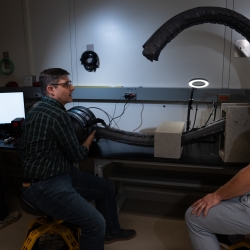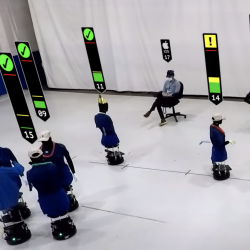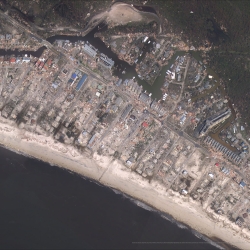

Humanitarian Assistance and Disaster Relief Systems
We use our experience developing sensors and decision support software to build systems that are used around the world for coordinating responses to wildfires, aiding urban search-and-rescue missions, assessing damage after hurricanes and earthquakes, and planning for large-scale evacuations. We work closely with local, state, and federal agencies to develop these systems. Our goal is to enable responders to more effectively gain situational awareness, share information, and make decisions in times of crisis. We also prototype technologies, such as communication hubs and solar-powered resources, to aid disaster survivors and refugee populations. Many of our programs involve collaboration across Laboratory groups whose technologies can be applied to disaster and humanitarian missions.
Featured Projects

Vine Robots for Collapsed Structure Mapping

Multi-label Dataset and Classifiers for Low-Altitude Disaster Imagery

Private Automated Contact Tracing

DisasterSat




